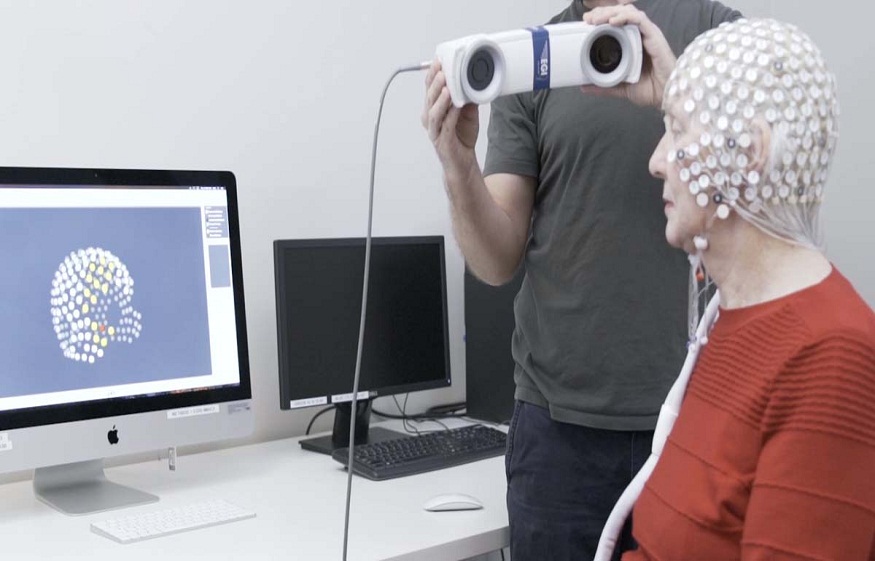There is a rich interconnectedness and organizational complexity at distinctive scales of a living system, which leads to its extreme functional efficiency. Physical concepts like force and energy are necessary for analyzing metabolic processes. “Metabolism & Medicine Volume 1: The Physics of Biological Engines” underlines that chronic disease states of ageing must be viewed via the prism of metabolism and biophysical processes at multiple levels of physiological organization present in the human body. This metabolism book describes the building blocks of understanding from a reasonable, yet not high-level technical language. Rather, it employs the perspective of a clinical physician for better understanding. In the book, the author brings together concepts of varying branches of physics relevant to biology and medicine. These branches include thermodynamics, systems biology, biophysics, classical electromagnetism and quantum mechanics.
Metabolism & Medicine Volume 1: The Physics of Biological Engines – A metabolism book that provides an expansive, up-to-date overview of the field
Metabolism sets living systems apart from non-living matter. The more a biological system diverges from a non-living state, the more complex its metabolism becomes. When ATP production declines due to mitochondrial dysfunction, however, it results in reduced cellular organization, increased entropy and excess heat. This dysfunction is central to ageing and age-related diseases, creating a deteriorating cycle that speeds up biological ageing.
In “Metabolism & Medicine Volume 1: The Physics of Biological Engines”, the author connects a spectrum of topics, ranging from clinical practice to modern physical underpinnings with cell biology. By reading this metabolism book, one would be in a position to acquire a deeper basic science and interdisciplinary understanding of biological systems that expands perspectives and therapeutic problem-solving. The book underlines that analyzing physiology from the perspective of physical concepts necessitates metaphorical inspiration from the Theory of Phase Transitions, Chaos Theory, Systems Biology and Special Theory of Relativity. This interdisciplinary collaboration has the potential to drive therapeutic breakthroughs, focused on shifting systems from diseased to healthy states and extending lifespan. Practically speaking, this involves addressing metabolic dysfunction by minimizing inflammation and redox imbalances.
There are several ways in which insights from physics support the evolution and advancement of medicine. “Metabolism & Medicine Volume 1: The Physics of Biological Engines” underlines that the dynamical model of the physiological fitness landscape (PFL) is a general framework for integrating insights from diverse disciplines, and is applicable to precision-based medicine. It takes into account data available from bio informatics that makes use of microbiomics, proteomic, metabolomic and genomic data. The PFL is a mathematical representation of the state of health of individual patients, which can be used for charting an optimal trajectory for disease treatment given the available clinical data as well as an evolving course of the underlying disease. This facilitates an improved understanding of susceptibility and disease states, particularly in the context of stress response, allostatic and homeostatic parameters and pathological states. Insulin resistance/endogenous hyperinsulinemia, for instance, are linked to the stress response, which underpins a unifying model of chronic disease. Understanding the external and internal factors that influence susceptibility and disease creates a framework for applying therapeutic strategies.

